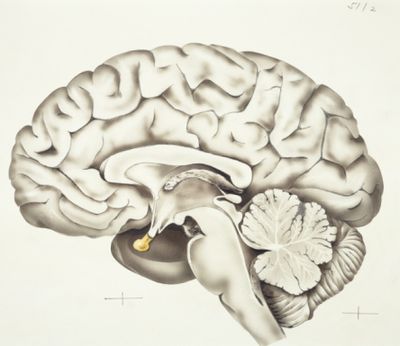-
Tips for becoming a good boxer - November 6, 2020
-
7 expert tips for making your hens night a memorable one - November 6, 2020
-
5 reasons to host your Christmas party on a cruise boat - November 6, 2020
-
What to do when you’re charged with a crime - November 6, 2020
-
Should you get one or multiple dogs? Here’s all you need to know - November 3, 2020
-
A Guide: How to Build Your Very Own Magic Mirror - February 14, 2019
-
Our Top Inspirational Baseball Stars - November 24, 2018
-
Five Tech Tools That Will Help You Turn Your Blog into a Business - November 24, 2018
-
How to Indulge on Vacation without Expanding Your Waist - November 9, 2018
-
5 Strategies for Businesses to Appeal to Today’s Increasingly Mobile-Crazed Customers - November 9, 2018
Ohio researchers grow fully developed fetal brain
Scientists from the Ohio State University have successfully grown a human brain in a lab in hopes of better understanding neurological diseases such as Alzheimer’s and Parkinson’s by testing neurological drugs on the grown organ. The breakthrough was presented on Tuesday at the Military Health System Research Symposium in Fort Lauderdale, Florida.
Advertisement
The organoid is about the size of a pencil eraser, and was derived from human cells.
The professor also acknowledged that other groups are attempting to do this, but the Ohio State Pharmacology Department was the first to develop a brain organoid this close to completion.
Lab-grown brains could be used to test new drugs and study how genes and the environment interact to shape the development of the brain and the entire central nervous system. It took Dr. Anand and his team about 15 weeks to create the model that matched the 5-week-old fetal human brain.
Converting adult skin cells into pluripotent cells-immature stem cells that can be programmed to become any tissue in the body-is a rapidly developing area of science that earned the researcher who discovered the technique, Shinya Yamanaka, a Nobel Prize in 2012.
According to Anand, “If you have an inherited disease, for example, you could give us a sample of skin cells, we could make a brain and then ask what’s going on”.
“If we let it go to 16 or 20 weeks, that might complete it, filling in that 1 percent of missing genes”.
While most people are not on the market for a brain transplant (and it would be somewhat terrifying if they were), this research could have massive implications for neuroscience research.
‘Mathematical correlations and statistical methods are insufficient to in themselves identify causation. “We’d need an artificial heart to help the brain grow further in development”, said Anand.
Advertisement
Anand and his colleagues envision this tiny brain becoming a model for experiments that could lead to treatments for strokes, traumatic brain injury, and even mental illnesses. We’ve struggled for a long time trying to solve complex brain disease problems that cause tremendous pain and suffering.





























